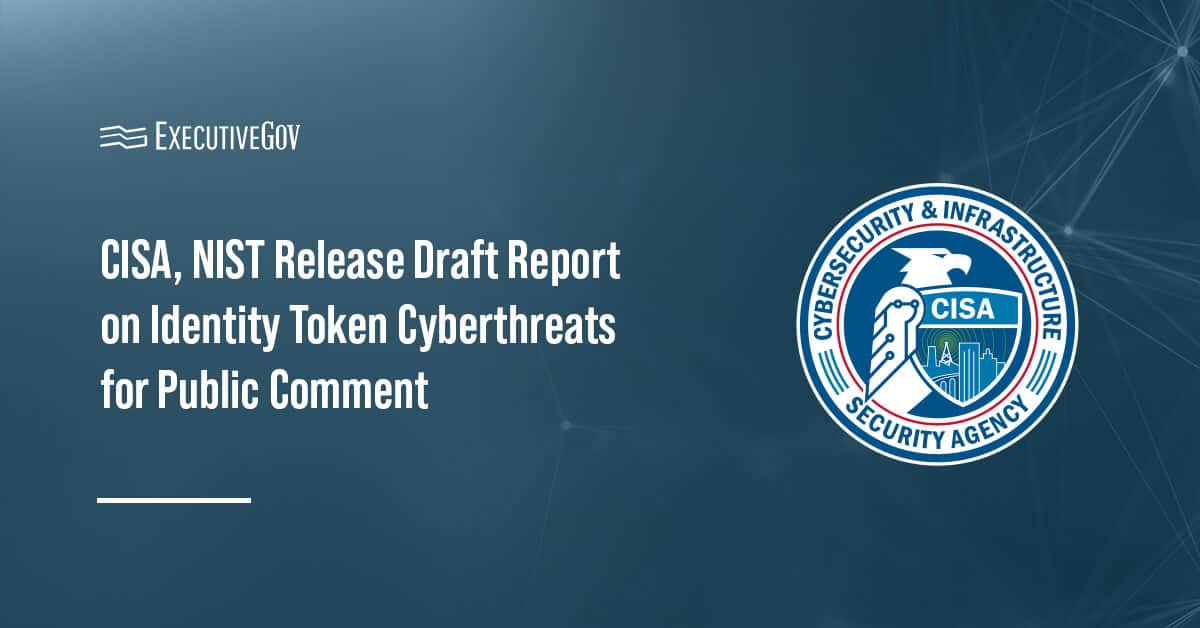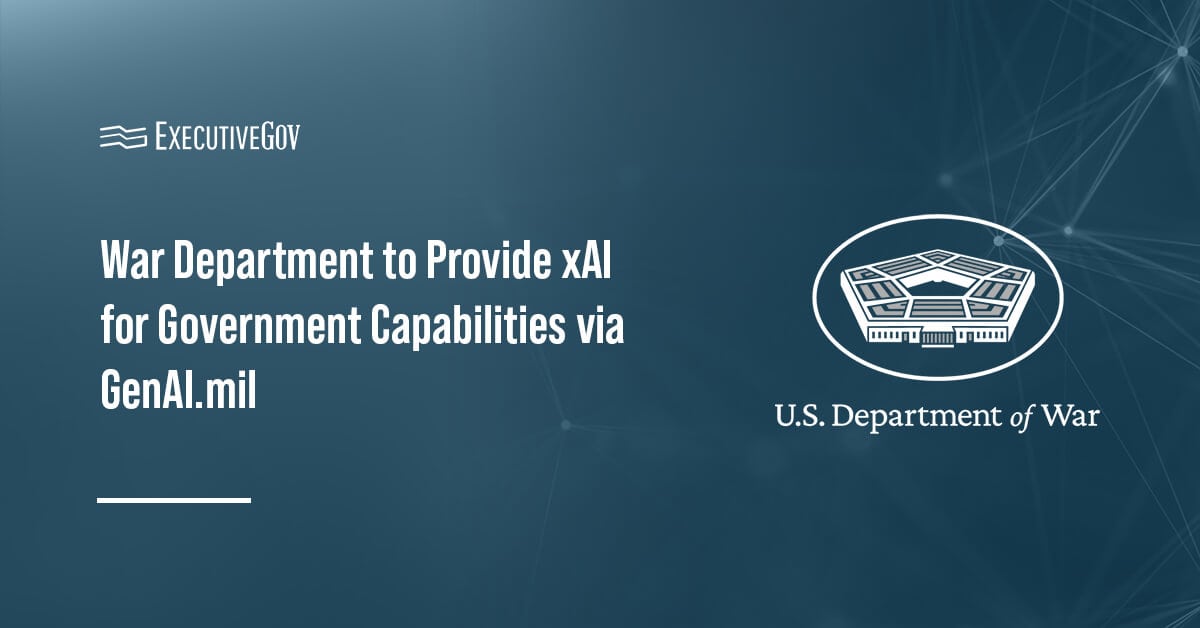The National Institute of Standards and Technology has issued a broad agency announcement through its CHIPS Research and Development Office to solicit proposals for a funding opportunity aimed at advancing U.S. leadership in microelectronics technology. The funding opportunity calls for research, prototyping and commercialization efforts that align with critical technology needs.
“We look forward to seeing ideas that together will advance microelectronics research and drive further innovation in emerging technologies such as quantum, artificial intelligence and biomanufacturing,” said Craig Burkhardt, acting under secretary of commerce for standards and technology and acting NIST director.
Table of Contents
NIST Funding Opportunity Scope, Goals and Technical Areas
Projects responding to the BAA must target one or more priority topics, including:
- Advanced semiconductor research
- AI-enabled microelectronics
- Quantum technology integration in microelectronics
- Biotechnology and biomanufacturing technology for advanced microelectronics
- Commercialization of innovations and standards development for critical emerging technologies
The BAA stated that the goal is to accelerate the pace of commercialization to enable technology dominance in sectors of national importance.
Funding Structure, Eligibility and Terms
Awards will be made in the form of other transaction agreements, negotiated with each recipient. Multi-phase projects may be funded incrementally, with later phases contingent on performance and availability of funds.
Projects should propose budgets of at least $10 million, though funding decisions depend on both the quality of proposals and available appropriations. Cost sharing is not universally required but may be needed depending on the project.
Eligible applicants include U.S.-based for-profit, nonprofit, academic institutions, federally funded research and development centers, and federal entities. Individuals and unincorporated sole proprietors are not eligible. Subawardees may include foreign partners, subject to restrictions and compliance with national security requirements.
As a condition of award, recipients may be required to grant licenses, equity, royalties or revenue sharing to the U.S. government to ensure return on investment. Also, recipients must comply with domestic production and intellectual property control requirements to prevent misuse or loss of federally supported intellectual property.
Submission Process and Evaluation Criteria
The two-stage proposal process starts with a white paper submission. Selected applicants are then invited to submit a pre-negotiation package containing a detailed technical and cost proposal, and other required documents. Awards will be made on a rolling basis.
Evaluation criteria include:
- Advancement of economic and national security goals.
- Scientific and technical merit.
- Feasibility of execution.
- Commercial viability and pathway to scale.
- Financial soundness and credibility.
NIST may request additional compliance and risk mitigation measures to ensure federally funded innovations are protected from foreign adversaries.
The BAA will remain open through Sept. 30, 2029, unless amended earlier.





